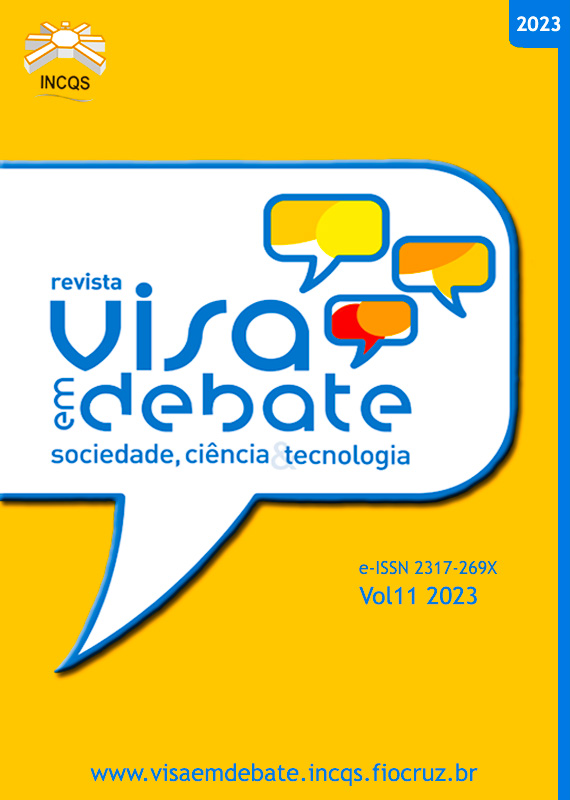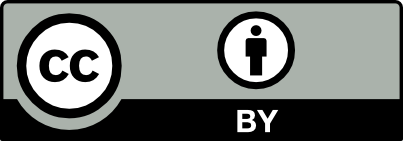Program for the analysis of pesticide residues in food in the state of Minas Gerais: factors involved in traceability and sanitary control
Vigil Sanit Debate, Rio de Janeiro, 2023, v.11: e02141 | Published on: 04/10/2023
DOI:
https://doi.org/10.22239/2317-269x.02141Keywords:
Health Surveillance, Information, Food Safety, Pesticides, ConsumerAbstract
Introduction: The monitoring of pesticide residues in food can contribute to control actions, mitigation of risks to human health and compliance with quality criteria related to national and international trade. Objective: To investigate and analyze the factors involved in the traceability and sanitary control of vegetable foods collected in the retail trade by the Program for the Analysis of Pesticide Residues in Food in the state of Minas Gerais (PARAMG). Method: Based on a non-probabilistic sampling, the sanitary inspectors who worked in sample collection (n = 6) and those responsible for food quality control in the retail chains participating in the program (n = 12) were interviewed, using as a reference the survey method. Results: The results showed that 83.3% of sample collection sites are large establishments located in the metropolitan region of the state capital, which demonstrates that food sold in small retail establishments and open markets was not monitored by the program. According to the interviewees, 88.9% of the retail chains do not include traceability information on foods and 62.2% of the commercialized foods do not carry all the mandatory traceability information. Conclusions: The study identified factors related to companies, suppliers, rural producers and agencies that hinder the implementation of traceability in commercialized foods. Additionally, factors associated with operational issues, sampling of food products and related to the performance of control agencies that negatively affect the sanitary control of pesticide residues in food were identified. The study also proposes actions and measures aimed at promoting more transparency and safety in the food production chain.
Downloads
Downloads
Published
Issue
Section
License
Copyright (c) 2023 Milton Cosme Ribeiro, Alisson Martins Ramos, Geraldo Lucchese, Vanessa Alves Ferreira, Joice Rodrigues da Cunha, Camila Argenta Fante (Autor)

This work is licensed under a Creative Commons Attribution 4.0 International License.
COPYRIGHT ALLOWANCE The author (s) hereinafter designated as the ASSIGNOR hereby assign and transfer, free of charge, the ownership of the copyrights related to this ARTICLE to the Vigilância Sanitária em Debate: Sociedade, Ciência & Tecnologia (Health Surveillance under Debate: Society, Science & Technology) – Visa em Debate, represented by FUNDAÇÃO OSWALDO CRUZ, established at Av. Brasil, nº 4365, Manguinhos, Rio de Janeiro, RJ, Brazil, CEP 21045-900, under the conditions set out below: (a) The terms and conditions set forth in this Agreement shall apply to the following: 1. The ASSIGNOR declares that they s(he) is (are) the author (s) and owner (s) of the copyrighted property of the ARTICLE submitted. 2. The ASSIGNOR declares that the ARTICLE does not infringe the copyrights and / or other property rights of third parties, that the disclosure of images (if any) has been authorized and that they s(he) assume(s) full moral and / or property liability for its content, before third parties. 3. THE ASSIGNOR assigns and transfers all copyrights relating to the ARTICLE to the ASSIGNEE, especially the rights of editing, publication, translation into another language and reproduction by any process or technique. The ASSIGNEE becomes the exclusive owner of the rights related to the ARTICLE, and any reproduction, totally or partially, is prohibited in any other means of publicity, printed or electronic, without prior written authorization from the ASSIGNEE. 4. The assignment is free and, therefore, there will be no remuneration for the use of the ARTICLE by the ASSIGNEE.






